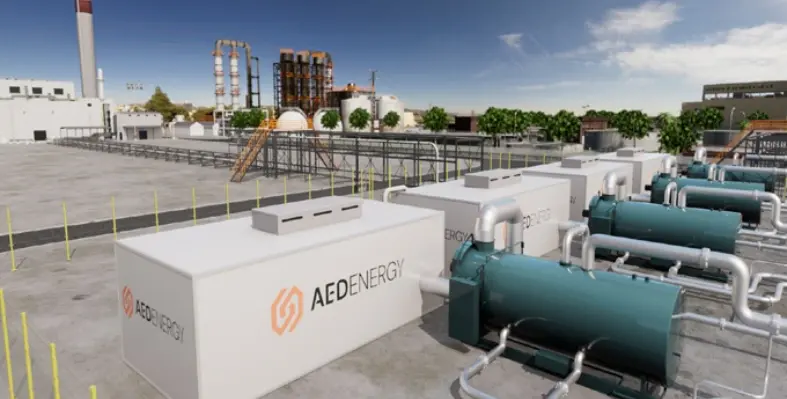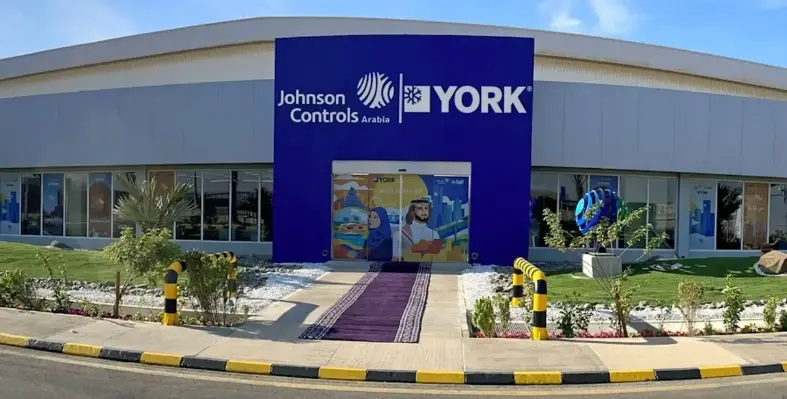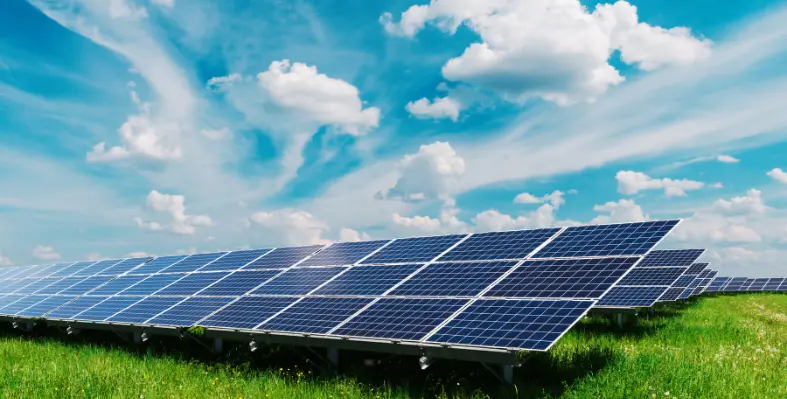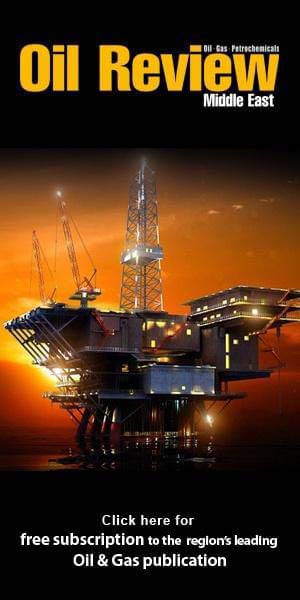Lloyd's Register (LR) has signed an agreement with German developer DAI Infrastruktur GmbH (DAI) to provide advisory services for Project Ra, a large-scale green ammonia production and bunkering development at East Port Said, Egypt
Project Ra is expected to have a production capacity of up to two million tonnes of green ammonia annually (mtpa), with 1.65mn tonnes produced from renewable energy sources, with production scheduled to start in 2029. Located strategically next to the Suez Canal, it offers a critical bunkering hub for ammonia-fuelled vessels navigating one of the world’s busiest shipping routes. It is expected to play a key role in supplying key European ports with green ammonia, for use as bunkering fuel, electricity generation, and reducing CO₂ emissions in industrial processes such as steel production.
The development aligns with the International Maritime Organization’s (IMO) regulations which will require the use of low- and zero-carbon fuels from 2030 onwards.
LR’s advisory services will cover demand-side pricing analyses, infrastructure planning, asset integrity and risk assessments, regulatory guidance, lifecycle greenhouse gas (GHG) emissions analysis, and market and offtake strategy support. LR will also undertake concept design reviews, feasibility studies and performance benchmarking aligned to ISO 55000.
Panos Mitrou, Global Gas Segment director, Lloyd's Register, said, “Our partnership with DAI demonstrates LR's commitment to supporting the development of critical alternative fuel supply chains that will enable shipowners to navigate the post-MEPC 83 regulatory landscape successfully.
Ioannis Papassavvas, CEO of DAI Infrastruktur, added, “Project Ra represents a critical step in delivering green ammonia at the scale and reliability the maritime sector urgently needs. LR’s advisory support will be vital to ensure Project Ra meets the highest international standards, while aligning with the long-term needs of shipowners and global regulators.”









